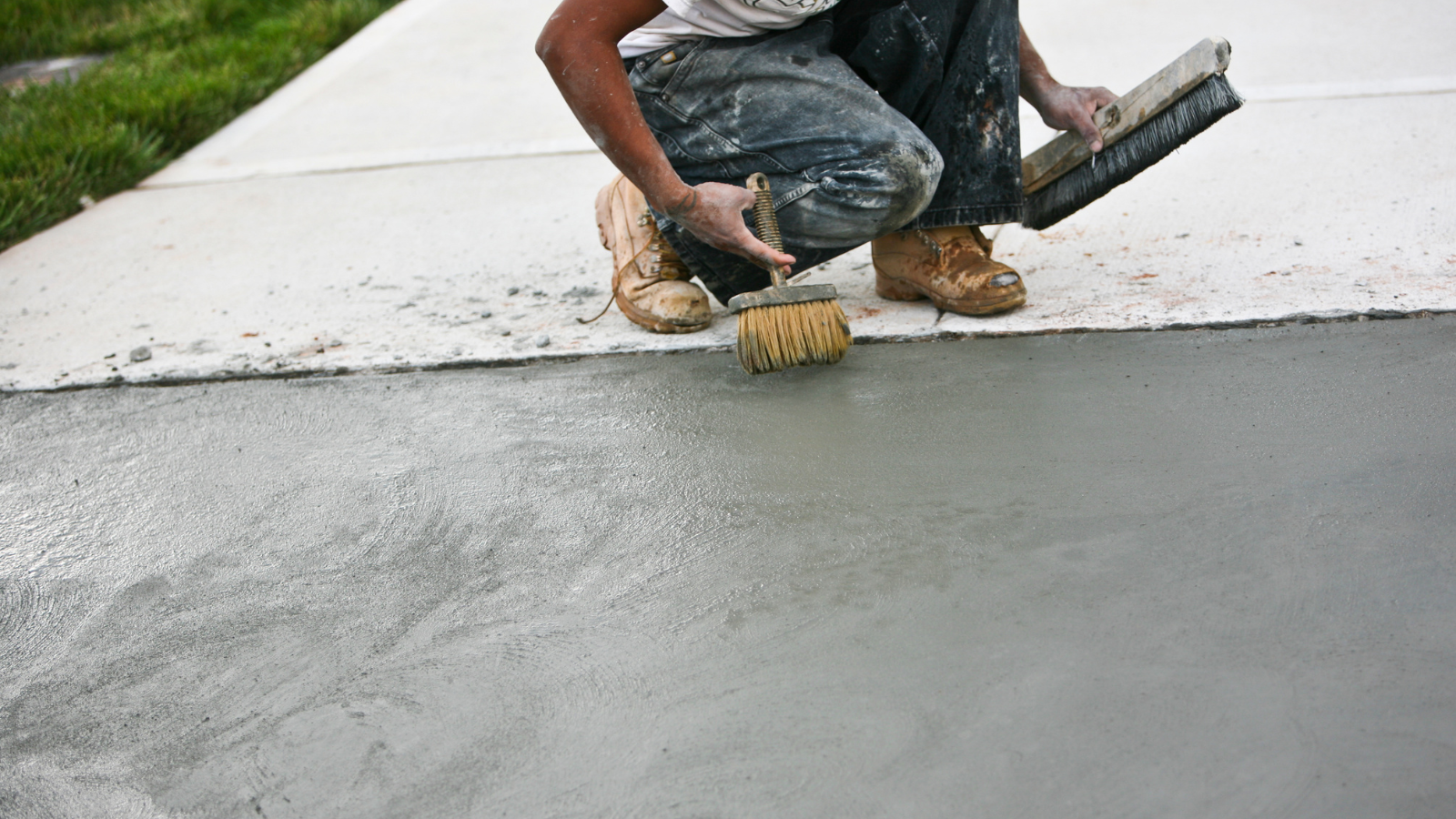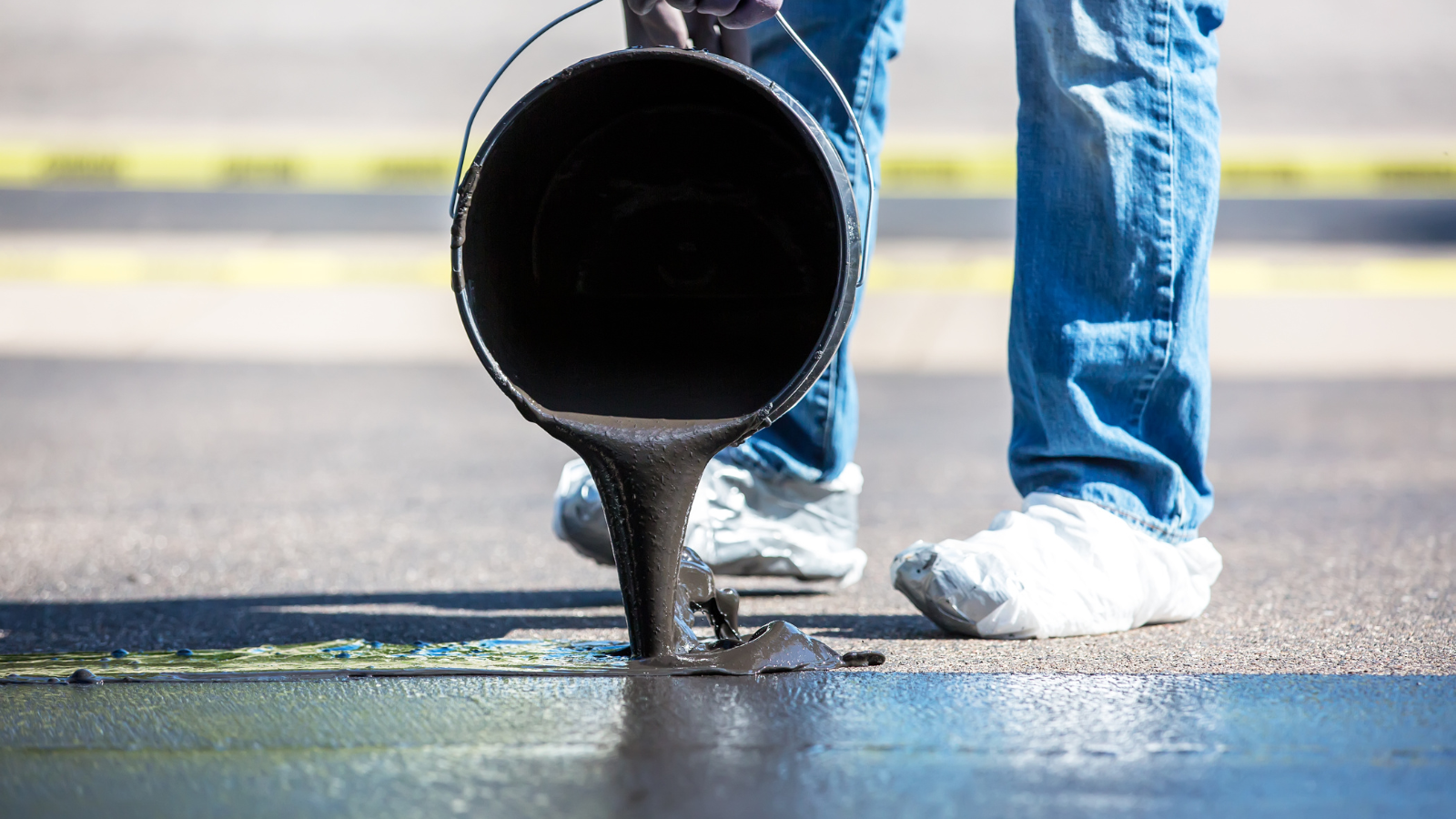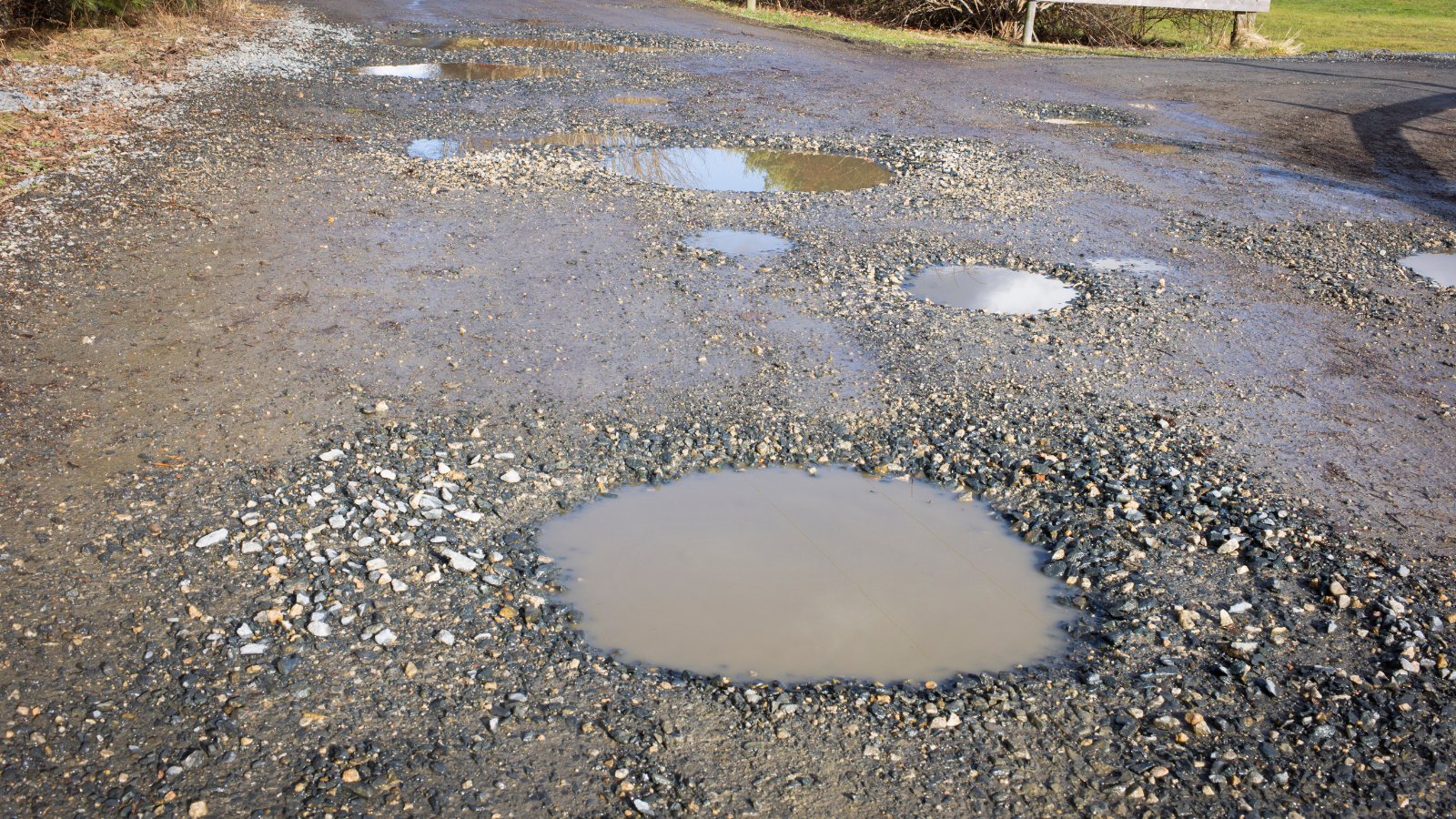When it comes to maintaining roads, driveways, and parking lots, property owners and managers often have to decide whether to perform preventive maintenance or wait for problems to appear and then make repairs. This choice can affect how much they spend and how long the pavement lasts. In this article, we will discuss why pavement maintenance is important, examine different repair methods, and find out which approach works best in the long run.
Visit https://elizabethpaving.com/ for more details
What is Pavement Preventive Maintenance?
Pavement preventive maintenance involves taking proactive measures to extend the life of the pavement. This approach focuses on preventing minor issues from becoming major problems. Preventive maintenance is a routine activity that aims to preserve and protect the pavement surface, avoiding the need for more involved and expensive repairs.
Standard preventive maintenance practices include:
- Sealcoating is the process of applying a protective coating to the pavement surface to shield it from UV rays, water, oil spills, and other potentially harmful environmental elements.
- Crack Sealing involves filling pavement cracks to prevent water from leaking in, which could cause more harm.
- Pothole Patching: Repairing small potholes before they expand and cause more significant issues.
- Surface Treatments: Applying thin layers of asphalt to rejuvenate the surface and improve skid resistance.
What are the Methods of Pavement Repair?
While preventive maintenance focuses on avoiding damage, pavement repair is necessary when issues have already developed. There are several methods of pavement repair, depending on the severity and type of damage:
- Pothole Repair: Filling potholes with hot or cold asphalt mix to restore a smooth surface.
- Resurfacing: involves applying a new asphalt layer over the existing pavement to address surface-level issues and provide a fresh, smooth finish.
- Full-Depth Repair: Removing and replacing the entire pavement layer when the damage extends deeper into the structure.
- Milling and Overlay: This involves removing the top layer of asphalt and putting in a fresh layer, which helps address surface damage and improve ride quality.
- Patch Repair: Cutting out damaged sections of pavement and replacing them with new material.
Fixing Pavements in Advance of a Preventative Maintenance Agreement
Before embarking on a preventive maintenance contract, it’s essential to evaluate the pavement’s state and address any existing issues. This preparatory step ensures effective preventive measures and provides a stable foundation for ongoing maintenance.
- Inspection: Conducting a thorough inspection to identify cracks, potholes, and other forms of damage.
- Initial Repairs: Addressing significant issues such as deep cracks, large potholes, and areas of severe wear. These repairs help prevent further deterioration and prepare the pavement for preventive maintenance.
- Surface Cleaning: Removing debris, dirt, and vegetation to create a clean surface for preventive treatments.
Which Approach is More Effective?
Several factors need to be considered when deciding between preventive maintenance and repair. Each strategy has benefits and drawbacks, so the decision often depends on the specific situation.
Pros of Preventive Maintenance:
- Cost-Efficiency: Preventive maintenance is generally more economical because it prevents costly repairs by addressing issues early on.
- Extended Pavement Life: Regular maintenance can significantly extend the pavement’s lifespan, reducing the frequency of complete replacements.
- Improved Safety: Well-maintained pavements are safer for vehicles and pedestrians, lowering the possibility of mishaps brought on by potholes and uneven surfaces.
- Reduced Disruption: Preventive maintenance typically involves less disruption to traffic and daily operations compared to major repairs.
Cons of Preventive Maintenance:
- Initial Costs: Although cost-effective in the long run, preventive maintenance requires an initial investment that some property owners may find challenging.
- Ongoing Commitment: Preventive maintenance requires a commitment to regular inspections and treatments, which may require time and resources.
Pros of Pavement Repair:
- Immediate Solutions: Repairing damage as it occurs provides immediate solutions to visible problems, restoring the pavement quickly.
- Targeted Approach: Repairs can be targeted to specific areas of damage, minimizing the need for widespread treatments.
- Necessary for Severe Damage: Repairs are the only viable option to restore functionality and safety in severely damaged pavement.
Cons of Pavement Repair:
- Higher Long-Term Costs: Waiting until problems arise can result in more significant harm, which then results in higher repair costs.
- Shorter Lifespan: Repairs alone may not be enough to extend the pavement’s overall lifespan, leading to more frequent interventions.
- Increased Disruption: Major repairs can significantly disrupt traffic and daily operations, especially if large areas need to be closed off.
Insights into Cost-Efficiency, Performance, and Sustainability
In terms of cost-efficiency, performance, and sustainability, preventive maintenance emerges as the more effective approach. By investing in regular maintenance, property owners may significantly lower the frequency and expense of repairs, enhance pavement performance generally, and promote a less frequent replacements, creating a more sustainable environment.
Conclusion
Choosing between pavement preventive maintenance and repair isn’t always simple, but knowing its advantages and disadvantages helps property owners make intelligent choices. Preventive maintenance saves money in the long run, makes pavements last longer, and improves safety, making it an excellent option for keeping pavements in good shape. However, repairs are needed to fix the pavement when there’s severe damage. Using preventive maintenance and timely repairs, property owners can keep their pavements safe, working well, and cost-effective for many years.
When it comes to maintaining roads, driveways, and parking lots, property owners and managers often have to decide whether to perform preventive maintenance or wait for problems to show up and then make repairs. This choice can affect how much they spend and how long the pavement lasts. In this article, we will discuss why pavement maintenance is important, examine different repair methods, and find out which approach works best in the long run.







